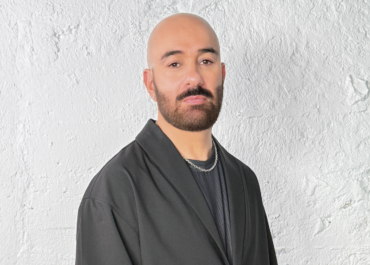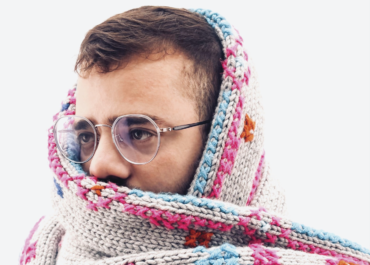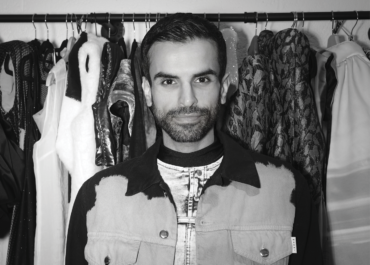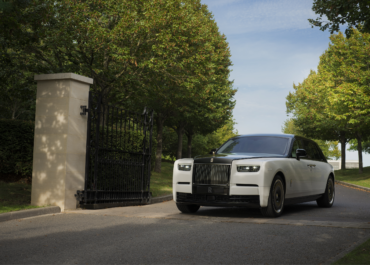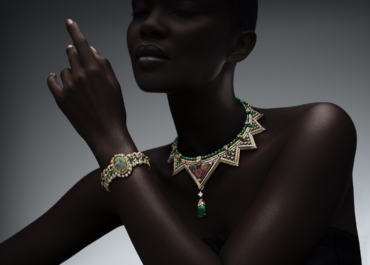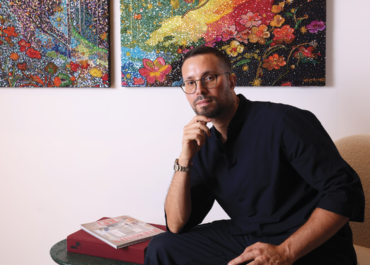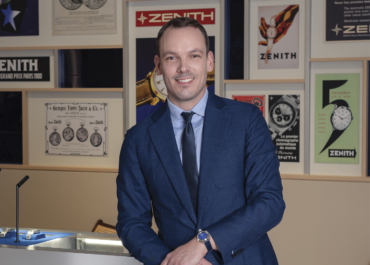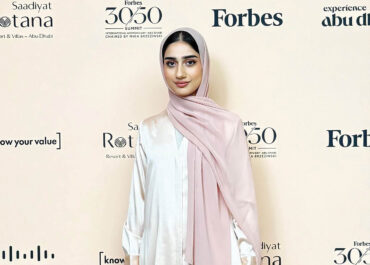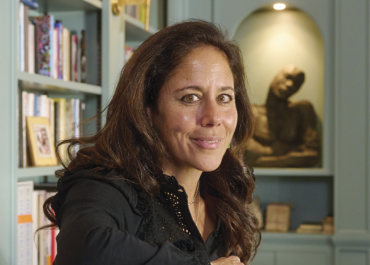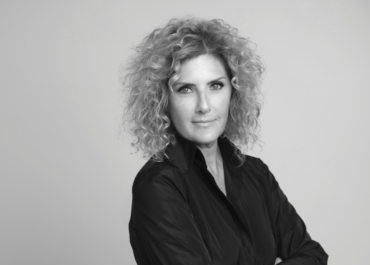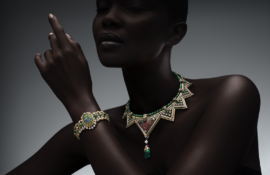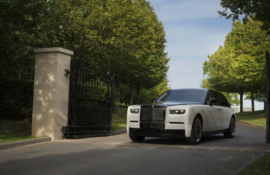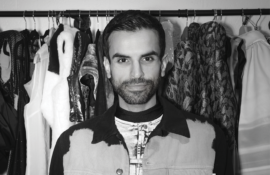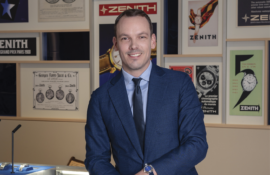Lebanese-Spanish artist and designer Assaad Awad’s work combines the worlds of craft and technology, where ancient techniques meet futuristic innovation. A finalist in the Fashion Tech category of the 2025 Fashion Trust Arabia Awards, Awad is among a new generation of designers redefining what luxury and craftsmanship mean in the digital era. The FTA Awards final will take place this November, where his experimental vision, rooted in both artistry and research, will compete on one of the region’s most forward-thinking platforms.
Awad’s creative path began in Lebanon, where limited resources sparked a boundless imagination and a drive to create his own worlds. After a decade in advertising, he turned toward accessory and wearable design, quickly gaining global attention for his bold, avant-garde aesthetic. His creations have graced the stages of Lady Gaga, Madonna, Mugler Paris, and The Royal Opera House Madrid, as well as collaborations with Balenciaga and Hermès.
Today, through his company Extraordinary Wearables, Awad bridges centuries-old craftsmanship with emerging technologies such as 3D printing, scanning, and AI-assisted design, crafting hybrid, sustainable objects that blur the boundaries between art, fashion, and science. His work is not only about what we wear but how we connect to it, reimagining the emotional and sensory potential of fashion in a digital age. Beyond creation, he is also deeply involved in education and mentorship, shaping the next generation of designers at IED Madrid and across Lebanon.
As he prepares for the FTA Awards final, Awad reflects on how technology can enhance human emotion, craftsmanship, and sustainability, and why the future of fashion might just be printed, not stitched.
You’ve been recognised in one of the most forward-thinking categories of the FTA Awards. How does it feel to see your experimental work resonate on this level?
It feels incredible, and honestly a bit surreal. As a researcher and developer deeply involved in R&D, I’ve spent years experimenting and trying to crack the code of tech design. Seeing it recognised on this level feels like a huge payback for all those nights of exploration and trial. My work has always lived in that space between technology, craft, and emotion, so to see it resonate within such a forward-thinking platform means a lot. It tells me that people are ready to see innovation not just as a tool, but as a form of artistic expression.
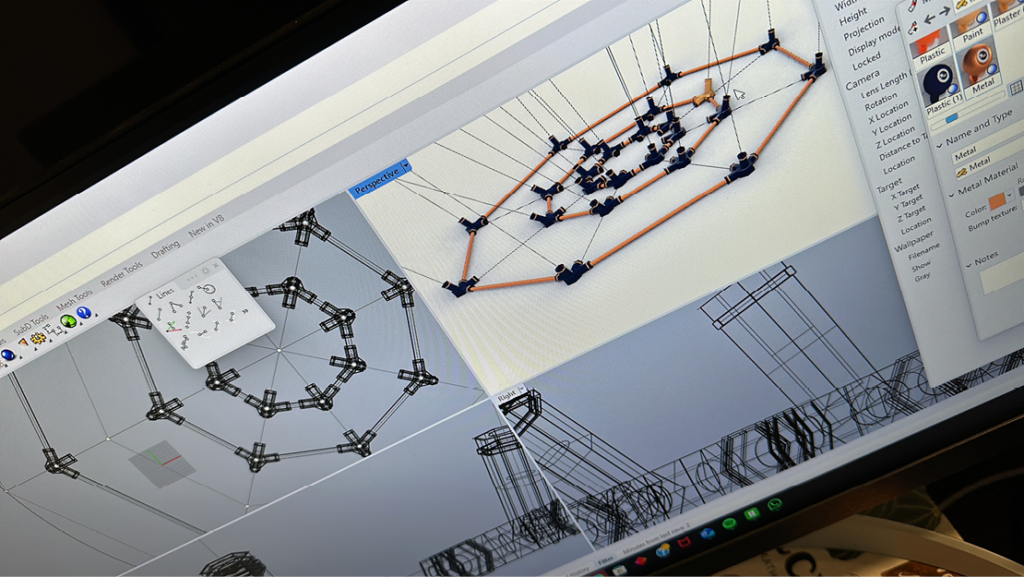
Your creations often blur the line between art, design, and technology. How do you see innovation shaping the emotional and aesthetic experience of fashion today?
I think innovation adds a new layer of intimacy to fashion. It’s not just about what we wear, but how it’s made, how it connects to us, and how it evolves with time. Technology allows emotion to take new forms, movement, adaptability, and even interactivity. It gives life to materials and opens up ways to tell stories through design. AI also plays a key role here, as it helps us explore form, emotion, and storytelling in ways that were unimaginable a few years ago.
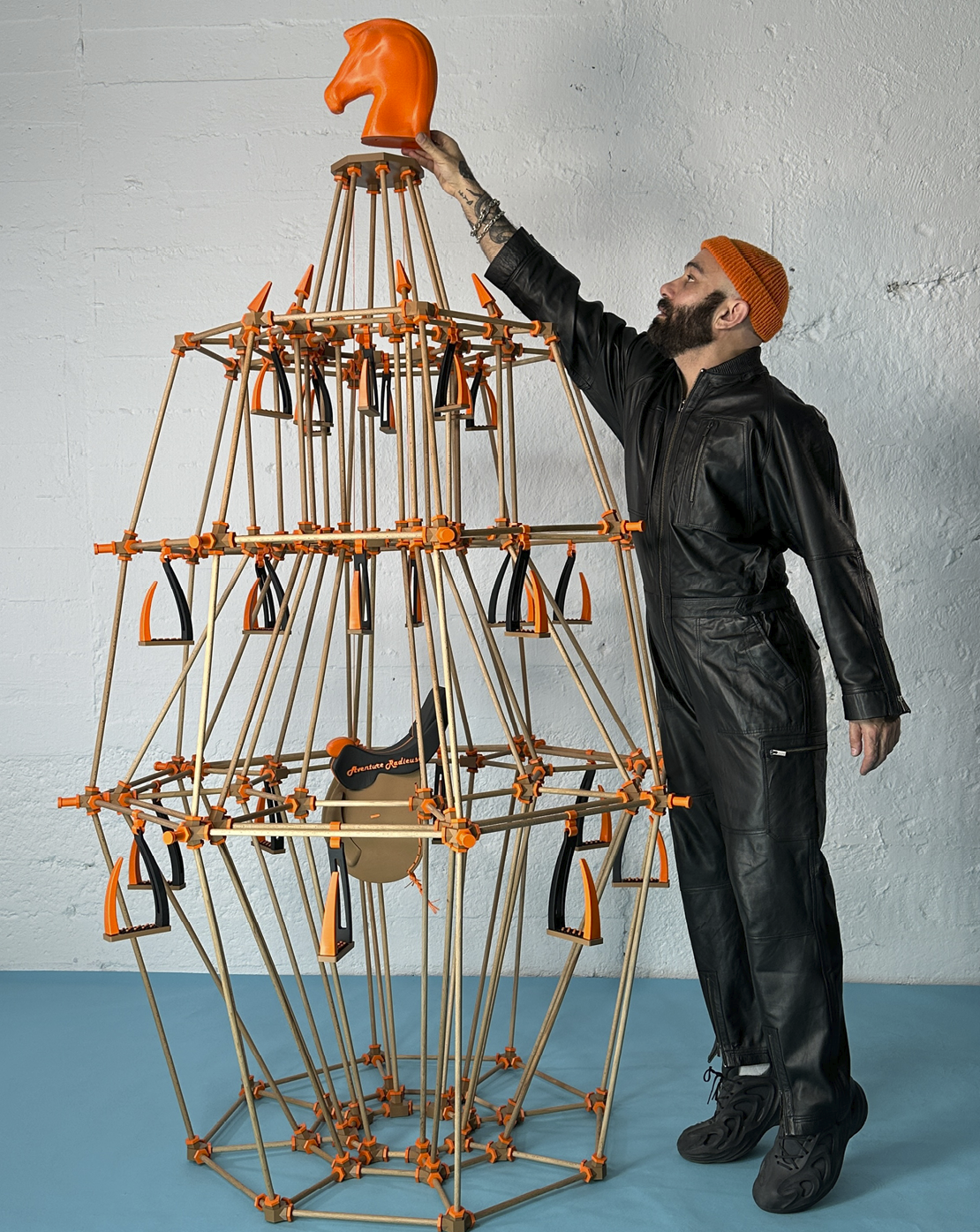
Craftsmanship and technology are sometimes seen as opposites, yet your work fuses both beautifully. How do you maintain a human touch in such futuristic creations?
For me, the human touch is in the intention. Every line, every connection, even the algorithm behind a 3D print comes from a deeply handcrafted mindset. I still think like an artisan, I just use new tools. The craftsmanship isn’t lost, it’s translated into a digital language that still carries the same sensitivity and devotion.
From 3D printing to digital prototyping, the tools of design are changing rapidly. How do you approach technology not just as a medium, but as a creative partner?
I treat technology almost like a collaborator; it has its own logic, rhythm, and surprises. When you understand its limits and possibilities, it starts suggesting ideas back to you. I like that dialogue. Sometimes the machine proposes shapes I would have never drawn by hand, and that’s where creativity really expands, and that’s the magic of materialising those proposed shapes into something tangible again, using Rhino 3D, Grasshopper, and sometimes 3D scanning and 3D sculpting!
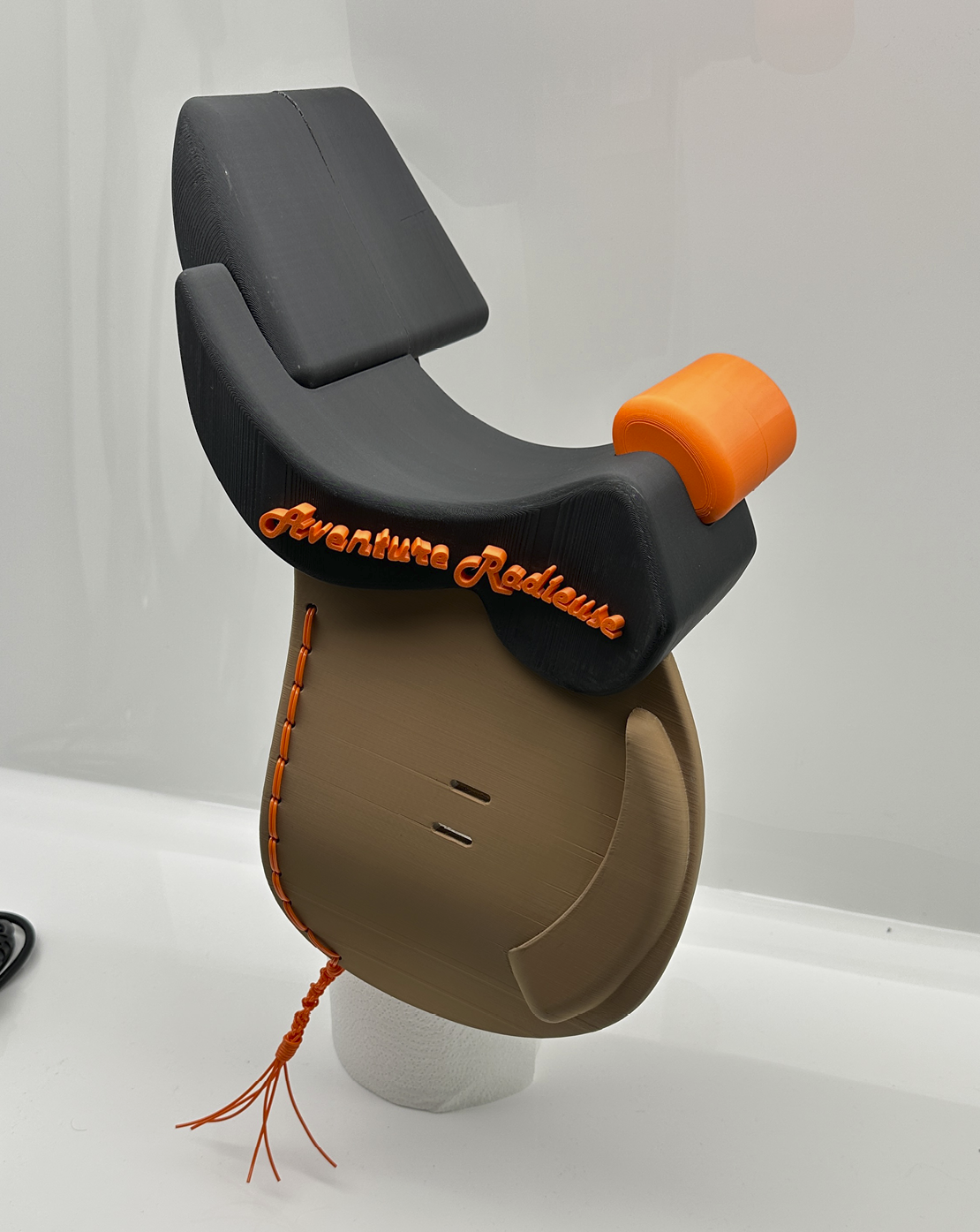
What are some of the trends and technological developments that are inspiring you right now?
I’m fascinated by material evolution, flexible filaments, bio-based polymers, and the fusion of textiles with 3D-printed elements. I’m also drawn to digital craftsmanship, how we can simulate handcraft in a virtual environment while keeping the soul of the process. And AI, of course, because it challenges how we define creativity itself and allows us to merge human intuition with computational precision.
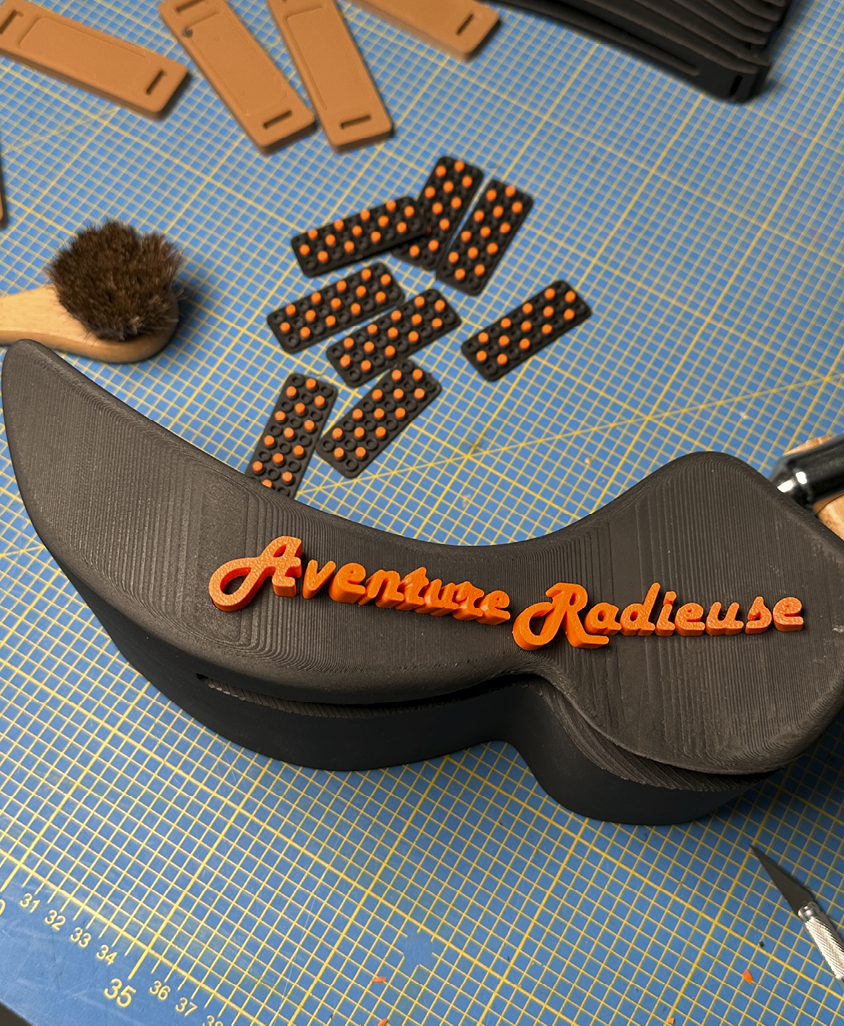
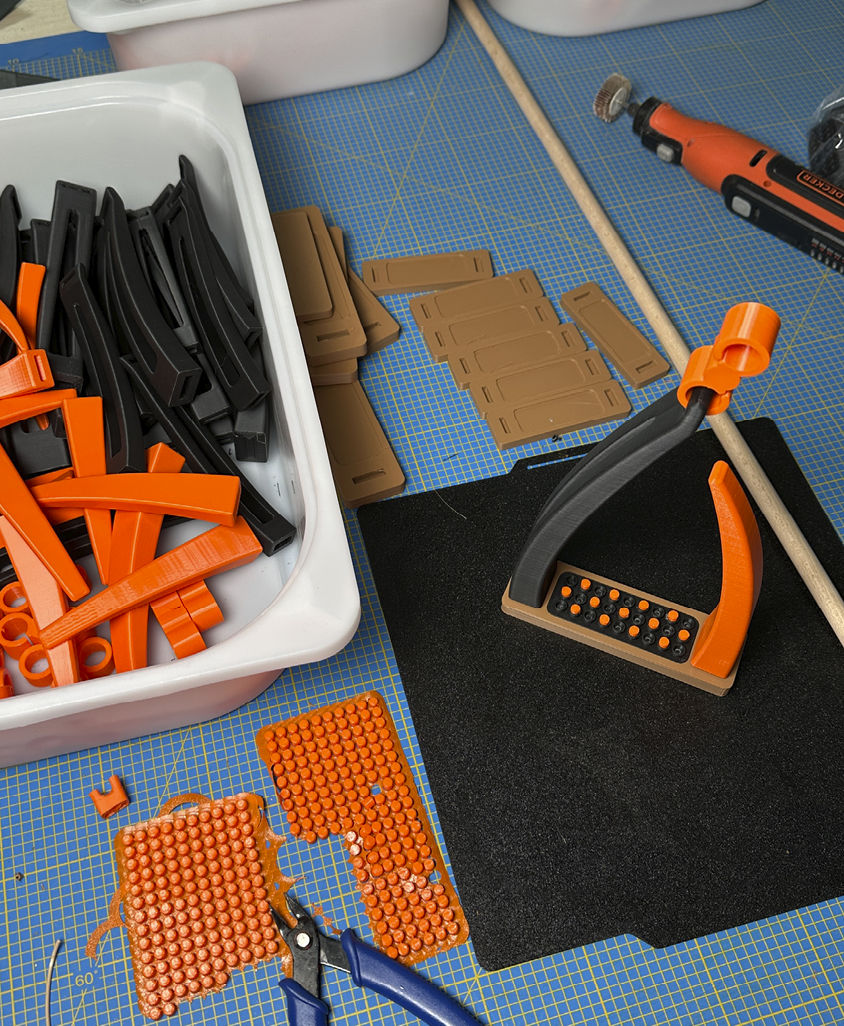
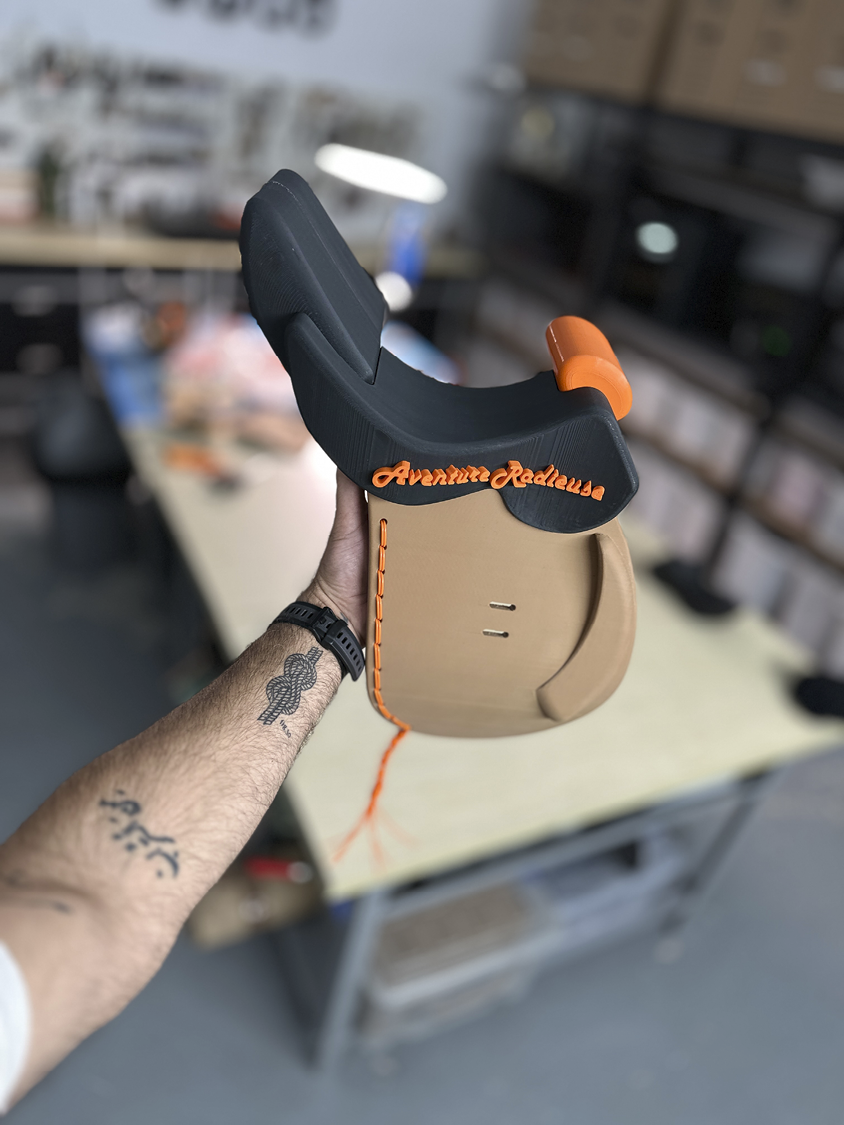
As someone whose work borders on art installation and wearable design, how do you think architectural concepts like structure, rhythm, and space inform your process?
Both architecture and a bag are spaces that need to be filled with things, keeping a sense of harmony and functionality. Architecture teaches me discipline and balance, and that naturally translates into my design process. When I design a bag or an accessory, I think in terms of space and movement, how the object interacts with the body like a small piece of architecture. Structure and rhythm guide everything, the proportions, the way it opens, how it feels to carry. It’s wearable architecture in a poetic sense.
Looking ahead, what excites you most about the future of fashion and innovation, and what message do you want your work to leave behind in that future?
I’m excited about a future where creation becomes more personal and sustainable, where people can print, repair, and customise their own pieces. I want my work to inspire a shift from consumption to connection, the idea that technology can bring us closer to what we own, not farther away.
I want to be a pioneer in helping put together the blueprint book of how, in the very near future, people will print their own luxury goods. My goal is to make design and post-processing easier for the consumer, so that this becomes a sustainable, accessible solution against fast fashion. AI is also part of this vision, helping translate design ideas into printable, personalised objects that adapt to individual needs and styles.
I also dream of creating an open-source bag, one that people can collaborate on instead of simply being passive buyers. Imagine how that bag would evolve if it reached every continent, how it would carry influences from different hands, minds, and cultures. It would become a living project, a collaboration with the world itself.
What else is in the pipeline for your brand?
I’m working on expanding the collections I presented for Fashion Trust Arabia into more modular, customisable pieces, still rooted in craft but with a strong technological identity. I’m also exploring collaborations that merge art, performance, and design, pushing this dialogue between digital precision and human emotion even further. At the same time, I’m always in the process of mentoring and passing my know-how to my students at IED, Instituto Europeo di Design, and to young designers in Lebanon, helping them embrace technology as a creative language rather than a barrier.
How do you see a concept born from a luxury house transforming into a tech-driven object that still carries emotion and craftsmanship?
The Hermès Tree I created last year perfectly embodied that idea. It served as both a sculptural piece and an equestrian hat rack that lives beyond the holiday season. The saddle shape was lowered to invite people to “ride a new adventure,” while the orange accents reflected the brand’s identity. The stirrups represented the crystal balls, and the wood rods connecting the 3D-printed joints symbolised the connection between people gathered around shared joy. At the top, the Cheval Samarcande overlooked the happiness below, acting as the star of the tree.
The piece was later auctioned for charity, giving it a deeper sense of sustainability. Its campaign, created entirely with AI, transformed the concept into lyrics and an AI-generated jazz song for Christmas — merging technology, storytelling, and craftsmanship into one poetic expression of modern luxury.
By Lindsay Judge


